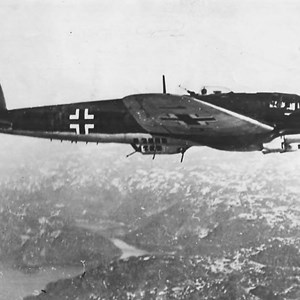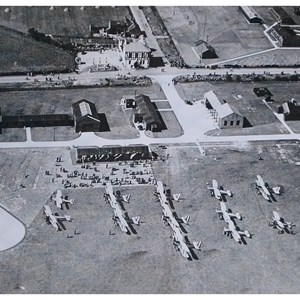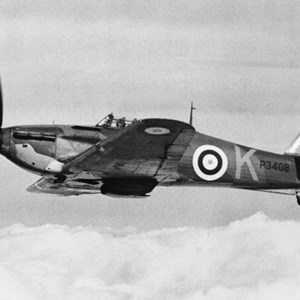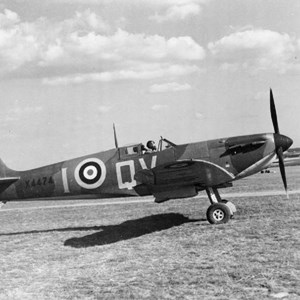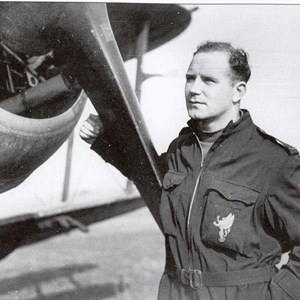607 Squadron RAF Usworth
1940
On 15th August 1940, at the height of the Battle of Britain, approximately 150 German aircraft took off from bases in Denmark and Norway to attack targets on the North and North East coast of England. The attacking force consisted of about 65 Heinkel HE111 and 50 Junkers 88 Bombers, escorted by 35 Messerschmidt 110 twin-engined fighters. Due to weight restrictions because of the long distance to the targets, the fighters were forced to dispense with their rear gunners. Luftwaffe leaders thought that because the RAF was heavily involved in defending SE England, bases in the North East would be left relatively undefended. What they did not know was that the RAF had a programme of “resting” squadrons that had been in the thick of the fighting by sending them to bases further North to recuperate. This meant that there were always experienced pilots available to meet any threats.
The air attacks were targeted on Sunderland, Newcastle and Middlesbrough along with RAF airfields at Usworth and Driffield.
When the Luftwaffe raid was first detected by Radar, shortly after noon, about 90 miles from the Firth of Forth, RAF fighter squadrons from across the North East were ordered to intercept, including 72 Squadron from Acklington over the Farne Islands, 605 over Tyneside and 607 and 41 Squadrons over Sunderland.
There were 65 HE111s, defended by 35 ME110s in the attacking force. First contact was made by 72 Squadron Spitfires which attacked over the Farne Islands, and caused some of the bombers to jettison their bombs over the sea. The defending twin engined fighters were of little use and were forced into a defensive circle. The bomber formation then split into two: one element was intercepted south of Ackington by 69 and 605 squadrons and the other formation was attacked by 41 and 607 squadrons over Sunderland. The Hurricanes of 607 Squadron based at RAF Usworth were led by Flt Lt Blackadder DSO.
In the ensuing dogfights 8 HE111 bombers and 7 ME110 fighters were shot down and others damaged. Flt lt Blackadder damaged two HE111s in the battle.
Further South, a separate force of 50 unescorted Junkers 88 bombers from Norway tasked with destroying Driffield RAF Station was detected off Flamborough Head, and attacked by 616 and 73 squadrons. Six of the attacking bombers were destroyed.
Although some bombs had been jettisoned over the sea, the raids on the North East coast claimed the lives of 29 people in Sunderland, Hawthorne, and Easington, with many more injured. None of the attacking bombers managed to reach their target of RAF Usworth
In addition to the German losses several RAF aircraft were also damaged. Notably Hurricane MK1 P3827 from 605 Squadron, based at RAF Drem in East Lothian and piloted by F/O Passy RAFVR crash-landed at Low Barmston Farm near Washington, after a dogfight with a ME110. The Pilot was uninjured, and the aircraft was later retrieved and repaired.
This was a major defeat for the Luftwaffe, and the raid became known as “Black Thursday” by the Germans .The Luftwaffe never again attempted to attack the North East in large numbers in daylight.
It is interesting to note that, after the war, Flt Ltn Blackadder became CO of the Northumberland Wing of the Air Training Corps. He died on 21 November 1997.
See the next article about a Blue Plaque unveiled on the site in 2018.
